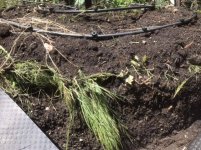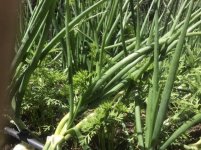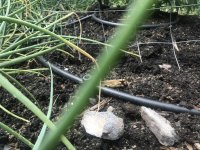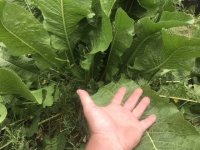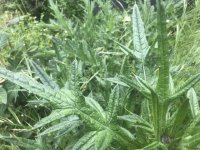T
Teddybrae
OK. I won't come back here again.
Well, if you are not into natural growing, this is probably not the thread for you. There are many inputs like bloodmeal which are considered organic but which as you have learned 'force' nutrients into the soil solution. Other things which I've noted to do this are like various rock minerals used at too great a rate in a mix.
These experiences and the knowledge of how the microbial living soil hierarchy functions have made me more trusting of truly sequestered nutrients. I have outlined in other documents to the best of my ability how this works.
You may find these in stickies here or on my old webpage.

